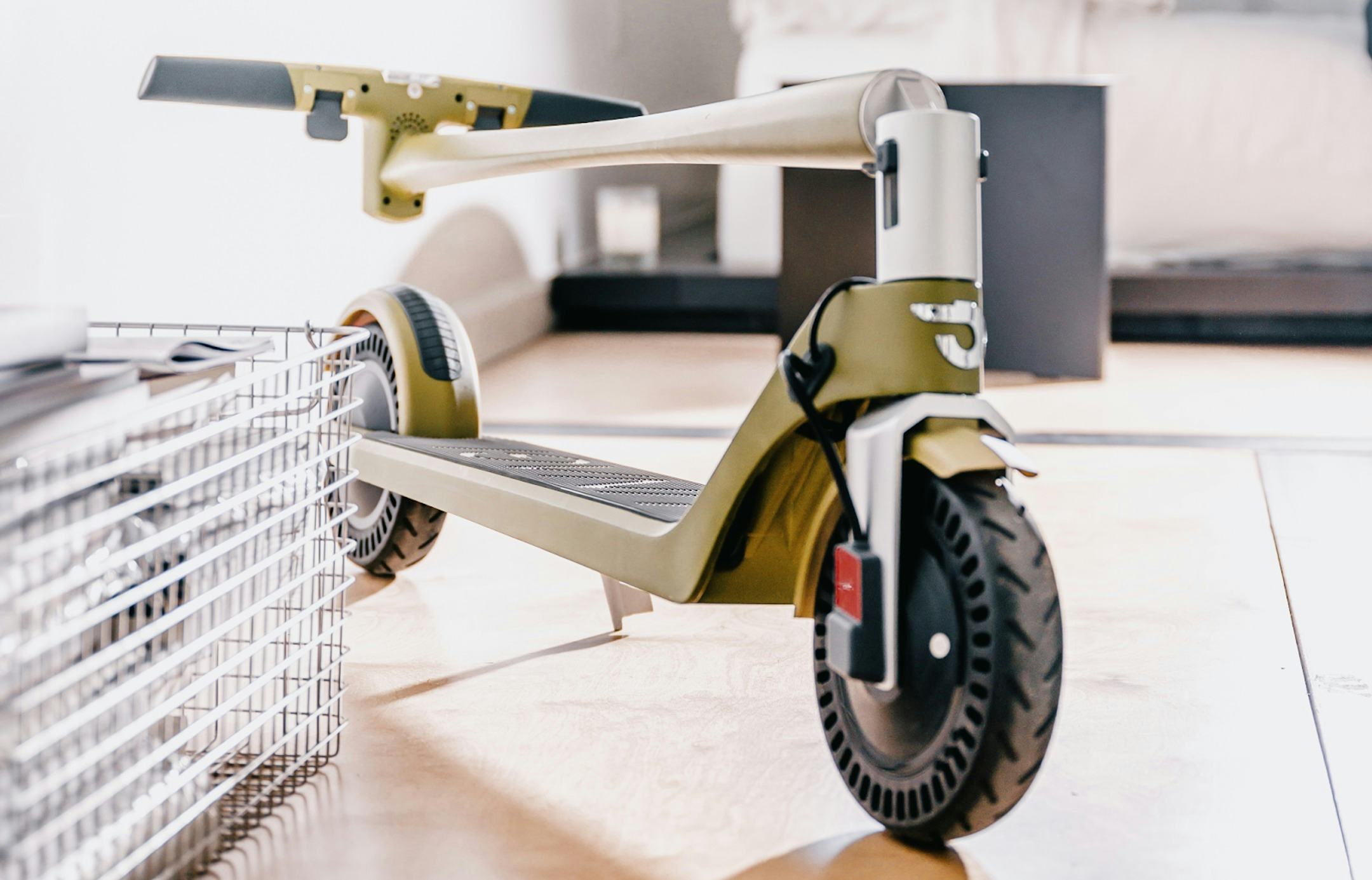
There are tons of electric scooters out there; that’s a good thing if you like having lots of options, but a nightmare if you’re a person who’s averse to strapping on their Google boots and rummaging around the internet for tech specs.
Luckily, as someone who has written about (and ridden) a few electric scooters over the past two years, I can tell you that there are a few simple parameters that can help you choose an e-scooter that fits your needs.
Here’s your guide to choosing the best e-scooter (the right way).
Inverse may receive a portion of sales if you purchase a product through a link in this article.
Styles
For the uninitiated: yes there are types. In the beginning stages of your search, it’s important to identify exactly what you want out of an e-scooter ride. Are you commuting? Off-roading? Envision your joyous e-scooter future, and then go from there. In service of that pursuit, here are some general categories to consider.
Commuter
Most people buying an e-scooter will fall into the commuter category. A good commuting e-scooter will have a well-balanced mix of range in a form factor that’s easy to maneuver. Weight and battery size are significant considerations when looking for a commuter e-scooter.
Brands like Unagi have made a name by offering feature-rich (if pricey) scooters in this category.
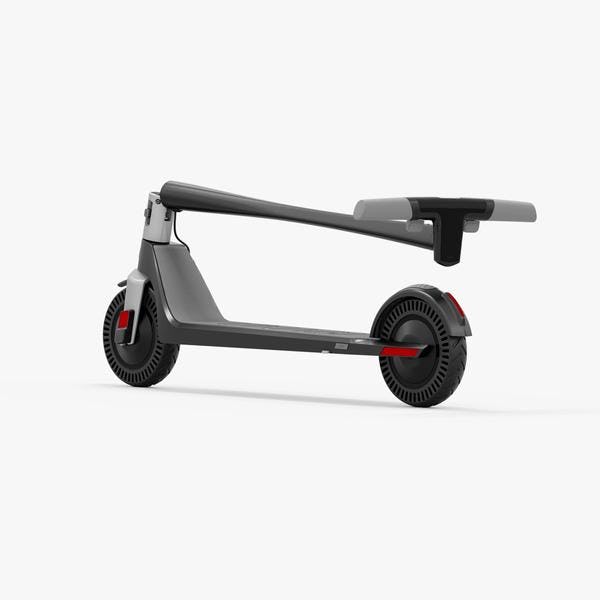
Off-road
Maybe commuting isn’t your vision. If you picture your two-wheeler as more of a rugged toy, you should consider getting something more heavy-duty that can go off the beaten path. Considerations for e-scooters than can go off-road are tire treads, motor power, and suspension.
Apollo, a Canadian scooter company, recently updated its Ghost e-scooter (I tried a previous version) with a new stem for stability. The updated Ghost also comes with an adjustable suspension for treading rougher terrain.
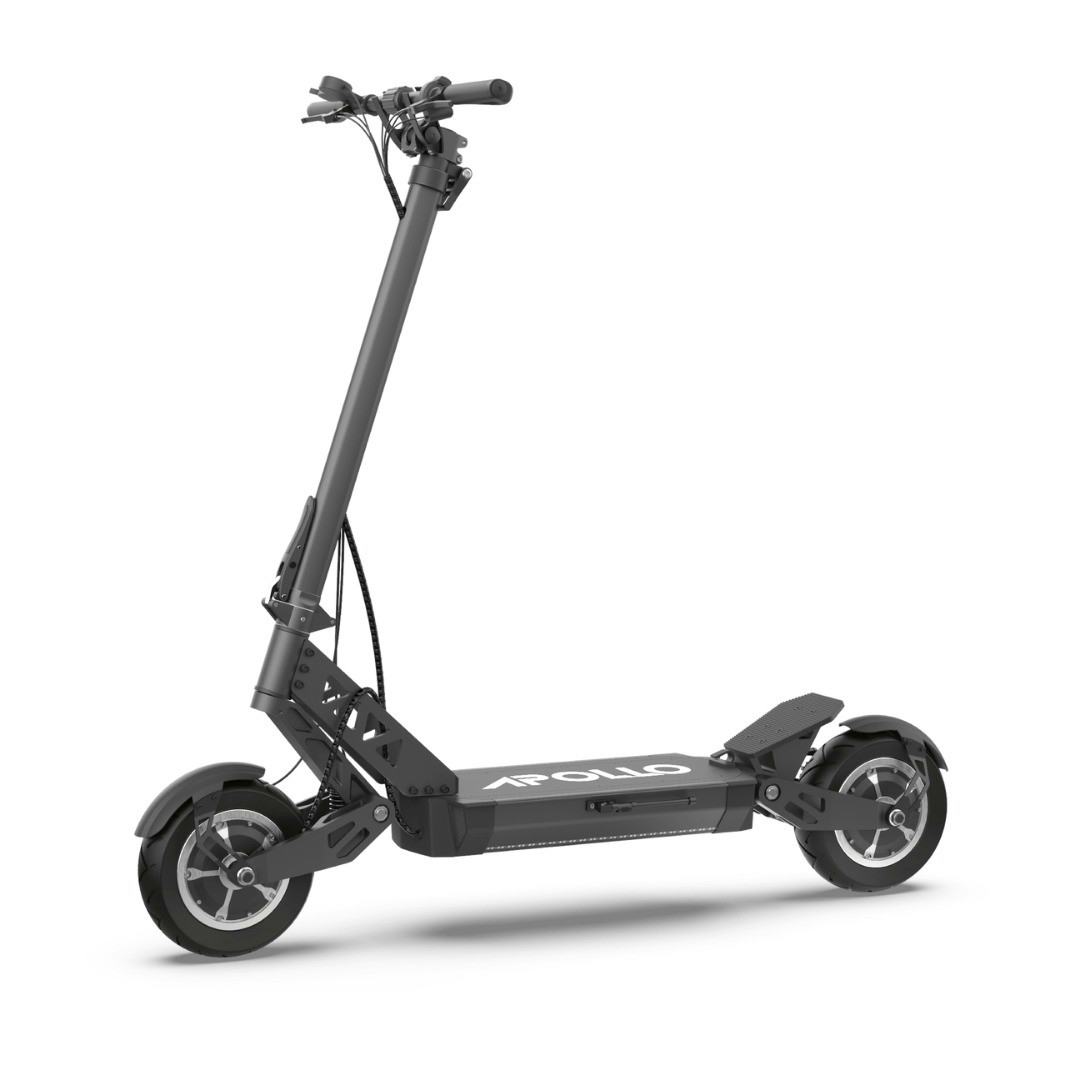
Thrill-seekers
If you have the need for speed there’s an entire category of e-scooters that can scratch that itch. Speed is determined mostly by motor size and weight, but one hidden consideration will be local laws. While you’re unlikely to get ticketed for riding an e-scooter above your municipal’s imposed scooter speed limit, the more law-abiding riders among us may want to take note of applicable laws first.
Brands like Kaabo and Nami have made a name in this particular category, but be warned: these e-scooters go fast.
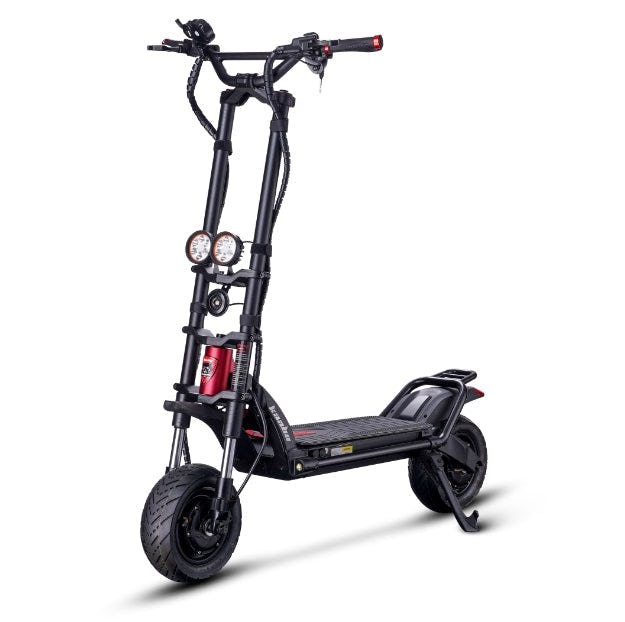
Dynamic duo
Once you have your style of e-scooter picked out, you can start peeling back layers of the onion. The next step is considering the core hardware: battery and motor.
Battery
As you might expect, a bigger battery means more range, but also adds to the weight of your e-scooter. Take into account whether you really need the extra range, or if you’d be happier sacrificing long rides for a lighter, less unwieldy, product.
Always check an e-scooter’s estimated range before pulling the trigger. The last thing you want is to spend several hundred dollars on an e-scooter that doesn’t foot the bill.
On that front, some e-scooters also have modular batteries, making charging less of a hassle. Instead of lugging your e-scooter to your second-floor apartment, you can simply detach the battery and plug it in at your convenience.
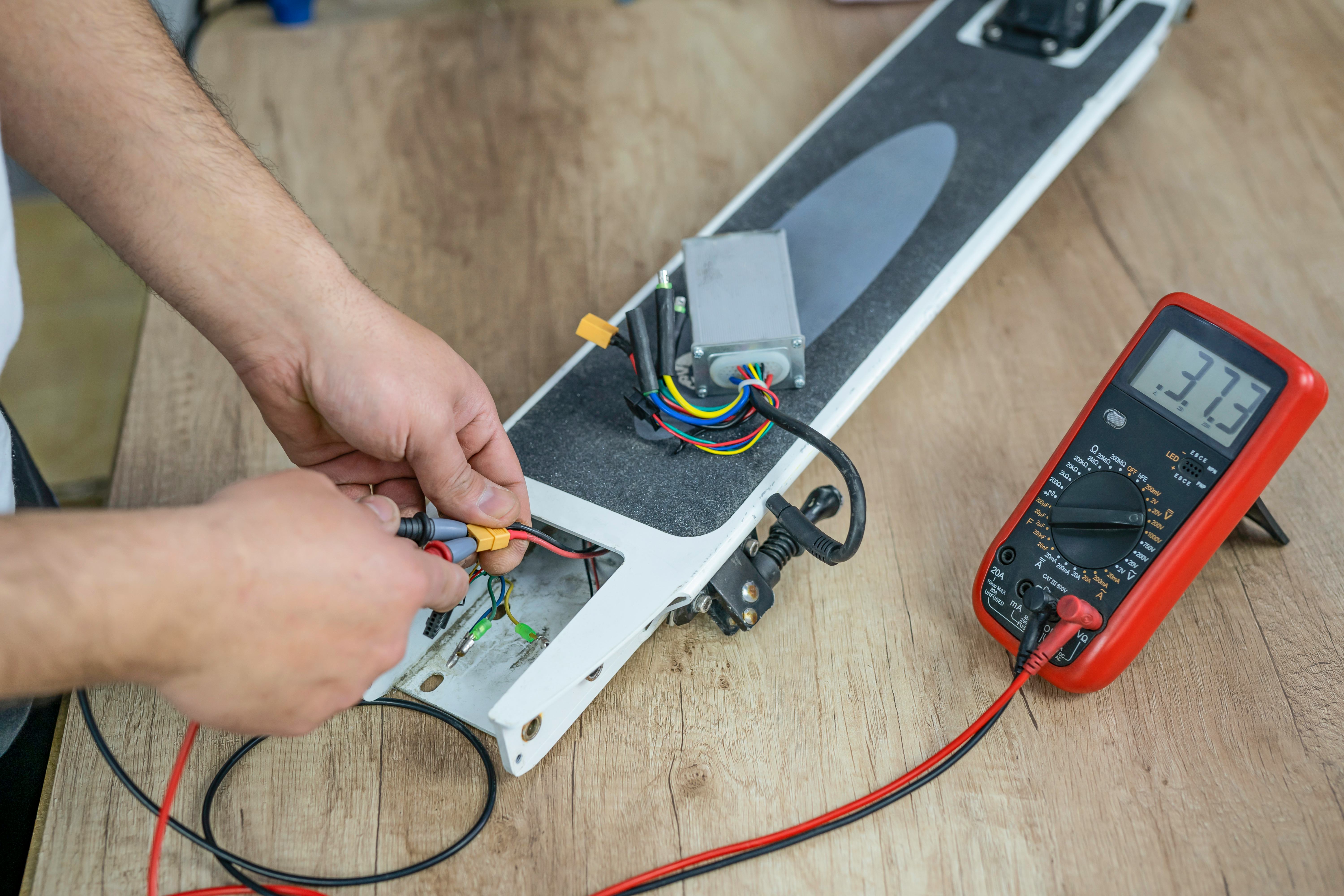
Motor
The power of an e-scooter’s motor is measured in watts (W), and while you can get pretty granular in this area, the general takeaway is this: the higher the wattage, the faster you’ll be able to accelerate and the more weight you can haul.
If you’re particularly interested in an e-scooter that can handle lots of weight or climb hills, motor wattage can be an important spec to look out for. Some e-scooters even have more than one motor, and usually allow riders to choose between power modes. Activating both motors provide more power and acceleration, but kills your battery faster.
Wattage isn’t everything when it comes to motor power, but it’s a major factor, and a good launching point for deciding whether an e-scooter fits your vision.
Convenience
With your style of e-scooter identified, it’s time for the very practical legwork of deciding if said e-scooter fits your lifestyle in particular. As fun as riding a workhorse two-wheeler can be, lugging a 65-pound Apollo up and down the steps to your apartment is decidedly less fun.
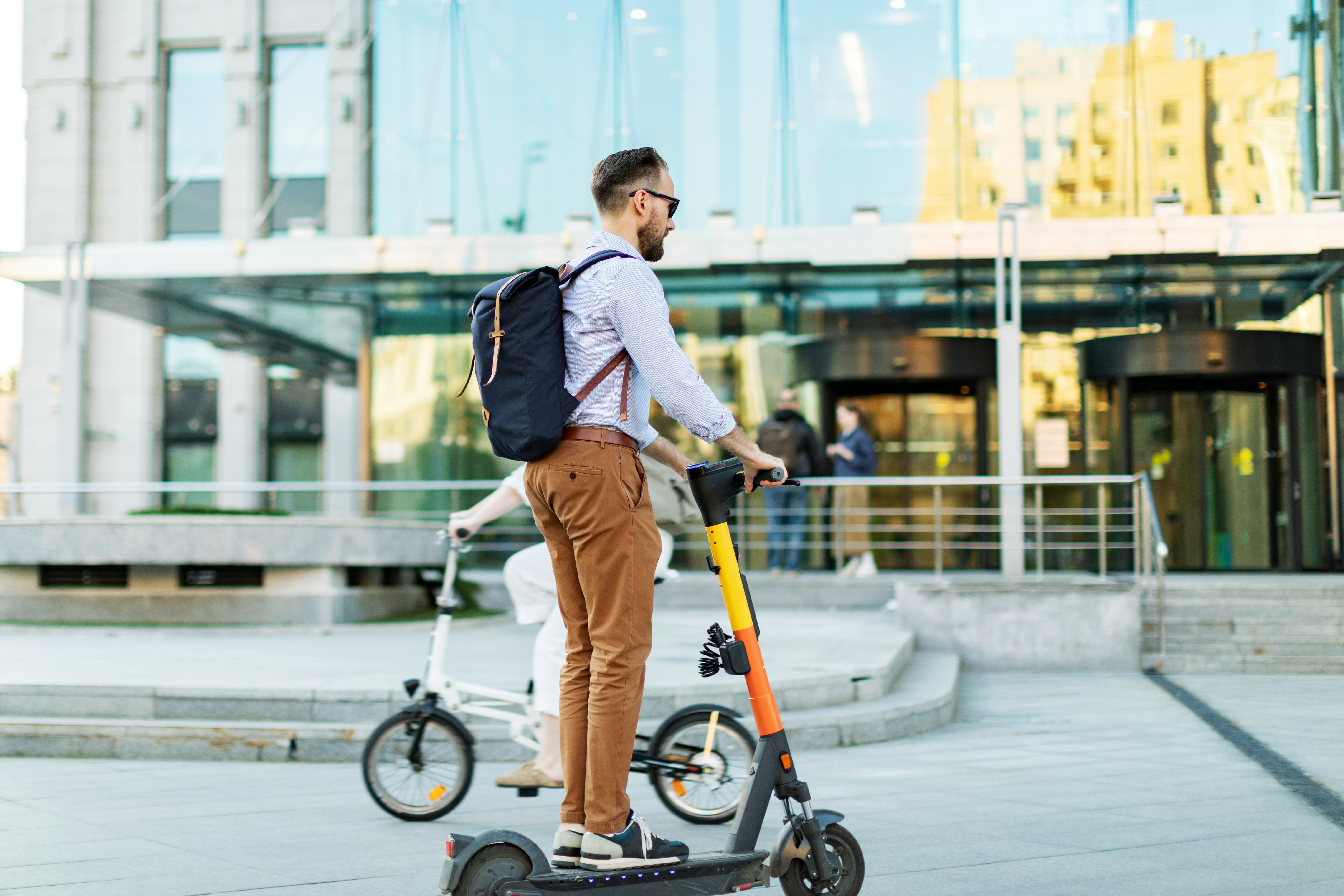
Living space
Do you have the space to store your e-scooter? Check the dimensions and the weight and double-check how easily the e-scooter folds down. And for the love of all that is electric mobility, please don’t lock your e-scooter up on a busy street. It will get stolen (eventually).
Stem
One of the biggest convenience factors is stem design. It may seem basic to sell an e-scooter with a sturdy design, but not all stems are created equally. Check to see if an e-scooter has a collar stem design (more maintenance) or a lever (very convenient).
Being able to fold and unfold your scoot easily could make all the difference, and riding one with a wobbly stem is just downright scary.
Features
As more brands enter the e-scooter space, diversity is blossoming. One way e-scooter brands attempt to distinguish themselves is through features. While not every feature will resonate with every type of rider, below are some general perks to look out for when you’re doing research.
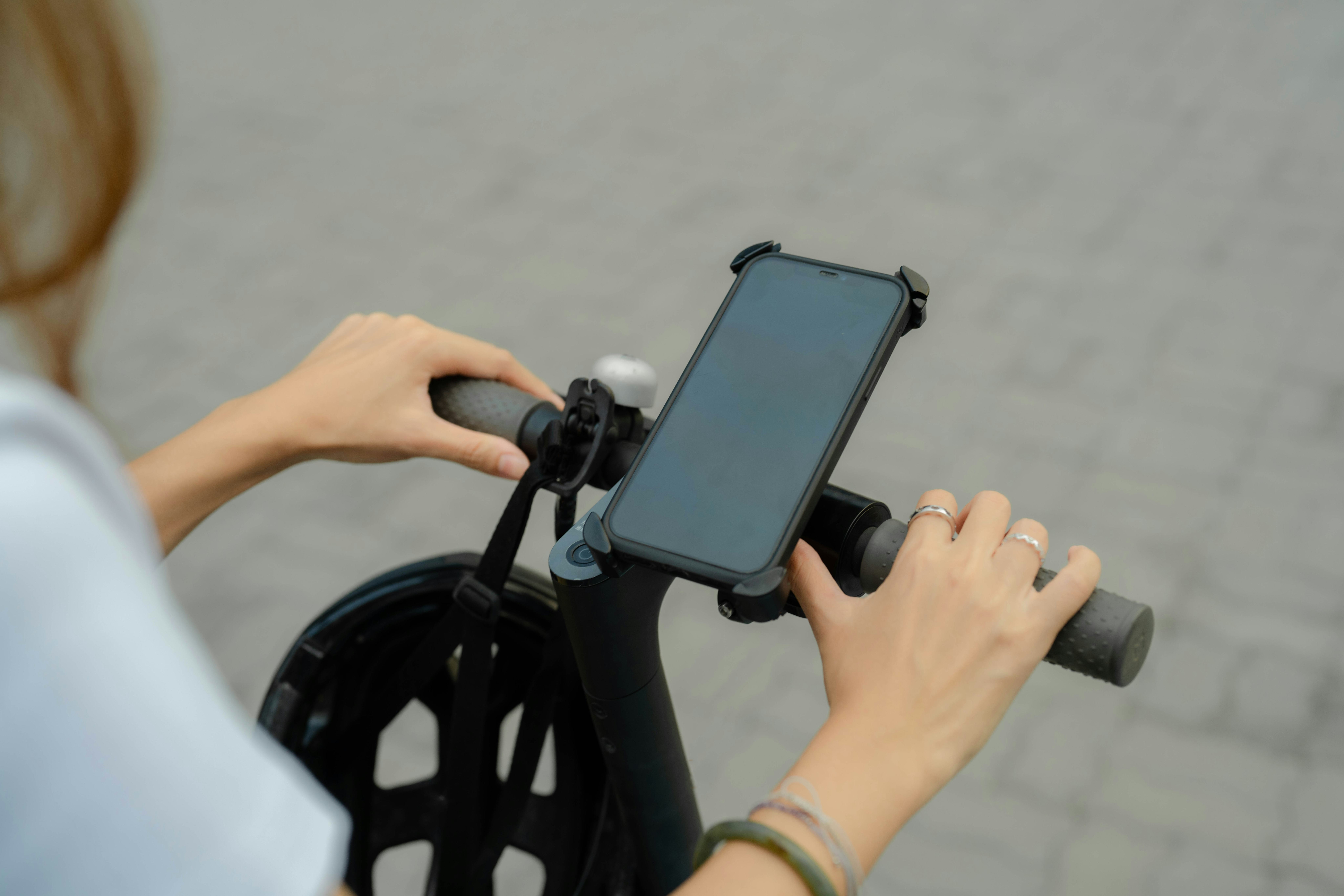
Ride modes
Being able to switch between ride modes can be important if you’re looking for versatility in an e-scooter. Ride modes allow you to adjust speed and battery consumption, and when applicable, can allow you to turn motors on or off.
App support / anti-theft
Some e-scooters, like those made by Niu, have app support, allowing riders to monitor battery life, range estimates, and even get safety alerts to let them know if their ride is being tampered with.
Tires
While maybe not the biggest consideration for most, tire design can be a noteworthy perk. One thing to look out for is airless tires, which, unlike their counterparts, do not have an inner tube. While they’re less maintenance (no air pressure checks before riding) they’re also not quite as smooth and resilient to bumps as pneumatic tires.
Recap
There’s clearly a lot to unpack when it comes to comparing e-scooters, but knowing what you want is half the battle. Use the checklist above to guide your scooter ambitions, and if you find yourself overwhelmed by the options, make things simple with this checklist:
- My goals
- My price
- My must-have features
- My living space
With a little research, you’ll be scooting your way to electric mobility bliss in no time.







